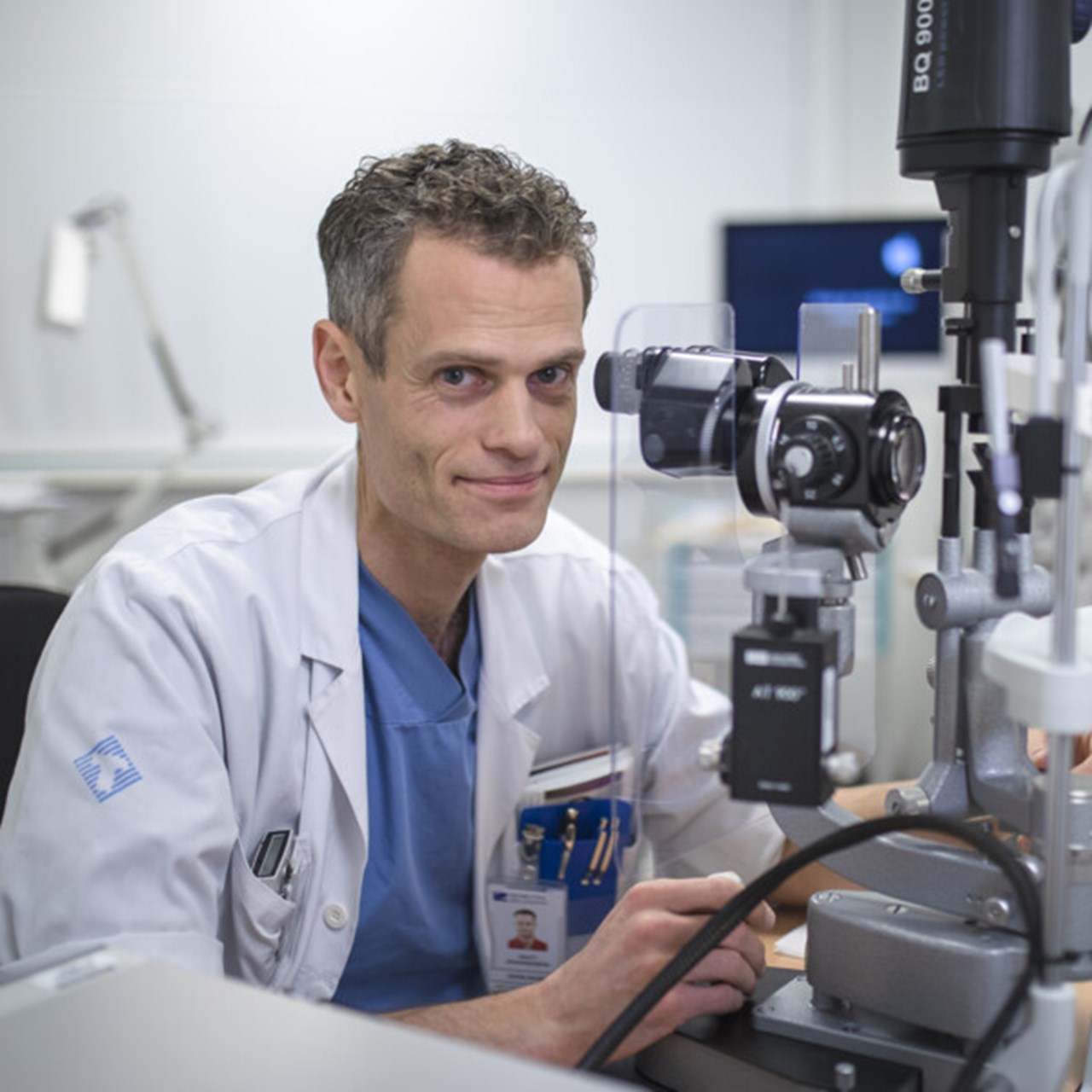Short facts on Gauti Jóhannesson
Name: Gauti Jóhannesson
Family: Wife and three children
Comes from: Akranes, a small fishing town on Iceland
Lives: Berghem in Umeå
Motivational force in the lab: Patients and curiosity
Inspiration: Unexpected, positive surprises
Best form of relaxation: Spending time in nature. I like the forest, but on Iceland, it is the open views I love the most.



